In early spring, it’s hard to miss the tiny blue flowers popping up in lawns and gardens around my neighborhood. These little blooms seem to appear overnight—covering patches of grass with pretty blue flowers just as winter fades.
I used to admire them too. I even discovered a small patch growing near the back of my yard. After a bit of research, I learned the plant is called Siberian Squill (Scilla siberica). It’s undeniably pretty... but it comes with a surprising downside.
If you’ve spotted these blue flowers in your grass and wondered what they are—or whether you should let them grow—keep reading. I’ll show you how to identify Siberian Squill, explain why it’s considered invasive, and share tips for controlling or removing it from your yard.
Not sure if other plants growing in your yard is a weed or a flower? Do you have a hard time recognizing plants that are growing early in the spring? Here is an article showing pictures of early spring plants in my yard. Be careful, some are weeds!
Check out this guide to identifying early spring plants (friend or foe).
You may also like this post about my favorite spring flowering plants!
Table of contents
Siberian Squill - Scilla siberica
These pretty blue flowers grow in both sunny and partially shady areas. It grows in areas of my yard that is full shade in the summer when the trees get all their leaves in. But, in the early spring, it is a sunny to partially shady area. What I always thought was so pretty about this flower is actually part of a problem. It grows, naturalizes and multiplies in lawns that are starting to recover from the winter. It's one of the earliest flowering plants in the spring.
They are a beautiful splash of color in the spring. I also liked that once the lawns were filling in, the Siberian squill would just be cut down with a lawnmower and would essentially disappear.
Problems with this plant
Defining an Invasive plant
Although I love how this plant looks in the spring, it is very aggressive and nonnative. Aggressive, nonnative plants are actually plants that are officially deemed as invasive. Just because a plant spreads easily does not make it invasive. It's the additional fact that it isn't native to our area. Siberian Squill was initially brought over from Russia. I'll assume perhaps from Siberia?
In the state of Wisconsin, where I live, it appears this plant may be designated as an invasive plant by the Wisconsin DNR within the next year or two. That designation may occur because it is so aggressively spreading that it squeezes out native growing plants. It is especially harmful to the native spring flowers in the woodlands. Here is a fact sheet from the University of Minnesota about the invasiveness of squill.
Don't be fooled by its size (about 6 inches tall) and pretty flowers. This is a tough plant! I've seen growing instructions stating this plant needs good soil. From personal experience, I can say it doesn't. Here you can see it's starting to grow in very rocky soil.
How does the squill plant spread?
Siberian Squill spreads in two ways:
- Bulbs – These are small, usually buried several inches deep. If you don’t dig them all out, they’ll come right back.
- Seeds – After flowering, it sets seed and self-sows rapidly. That’s a big part of why it spreads into lawns and beyond.
And because it blooms before many people are even thinking about yardwork, it’s often overlooked until it's well-established.
I’ve even seen it push through landscape fabric—it’s that persistent.
Another issue in removing this plant, it's such an early bloomer, that often gardeners aren't out working in their gardens yet. The foliage often disappears as spring progresses and then people just forget to dig up the existing bulbs. The bulbs also grow fairly deep. The ones I dug up were at least 4 inches deep.
The picture below shows the squill growing through thick landscaping fabric that my neighbor put down last year! Most of the squill are to the right of the fabric, but you can see it growing individually and those are the ones who have managed to grow through the fabric (they aren't on top - I checked)!
How to remove Siberian Squill
One important thing is to dig out the bulbs when they bloom so you can see where they are. And you need to dig pretty deep (4-6 inches) to get to the bulbs. They are small, about the diameter of a dime or larger ones, a nickel. You really need to sift through the soil to get those roots.
Another thing I've done this year is just run my lawnmower over them before they have gone to seed. That's hard to do when they are so pretty, especially in the early spring. These can potentially need to be cut down before your lawn needing to be cut. This is a long-term project.
I suppose chemicals are also an option. However, I live close to a lake and don't want those chemicals running into the lake water. Also, since these plants grow so early in the spring, the pollinators are feasting on them. However you feel about chemicals and pollinators, that is a decision I'll leave to you and your yard.
The articles below are on my site. I hope you find them helpful!
Have you seen my article showing what common plants look like in early spring? It's a great resource to determine if what is growing in your yard is a friend or a foe (weed). Take a look at my article about
Spring plants - recognizing if they are Friend or Foe (weeds)
FAQs
My guess is you planted crocus bulbs. They are also small bulbs with pretty flowers in the early spring.
Invasive plants are a bigger problem than what you do in your yard with them. For example, if a bird eats the seeds, then poops them out in a woodland area. The seeds can take root in an area not even close to your yard. Squill can also multipy underground. You may have some unhappy neighbors if their lawns get invaded.
I will admit to keeping some in a small section of my yard. I aggressively pull any that spread. And I run my lawnmower over them once they finish blooming so the seed pods don't set.
Please pin the image below to your Pinterest account!



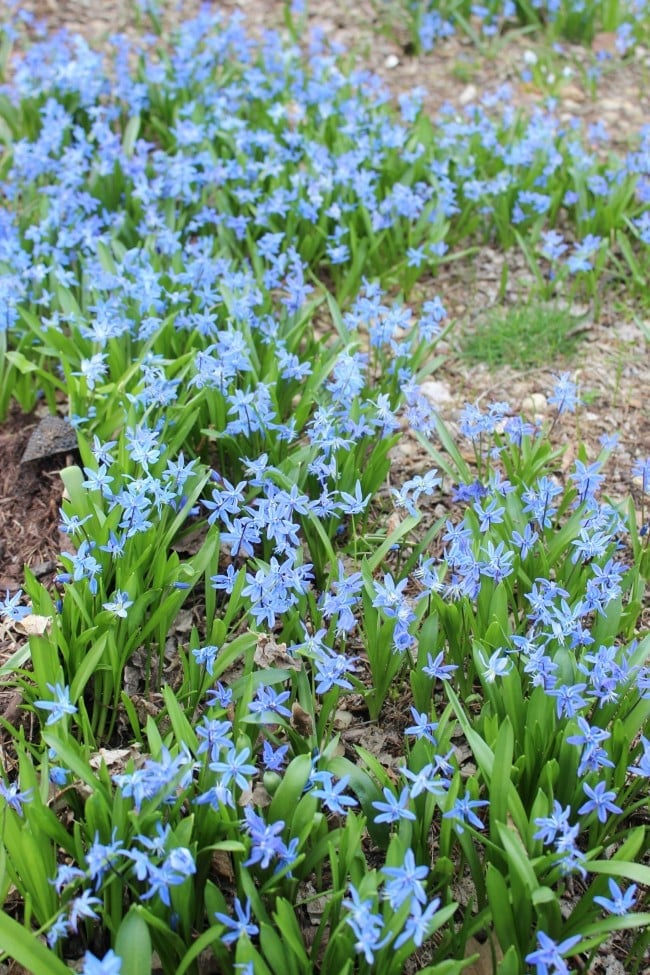
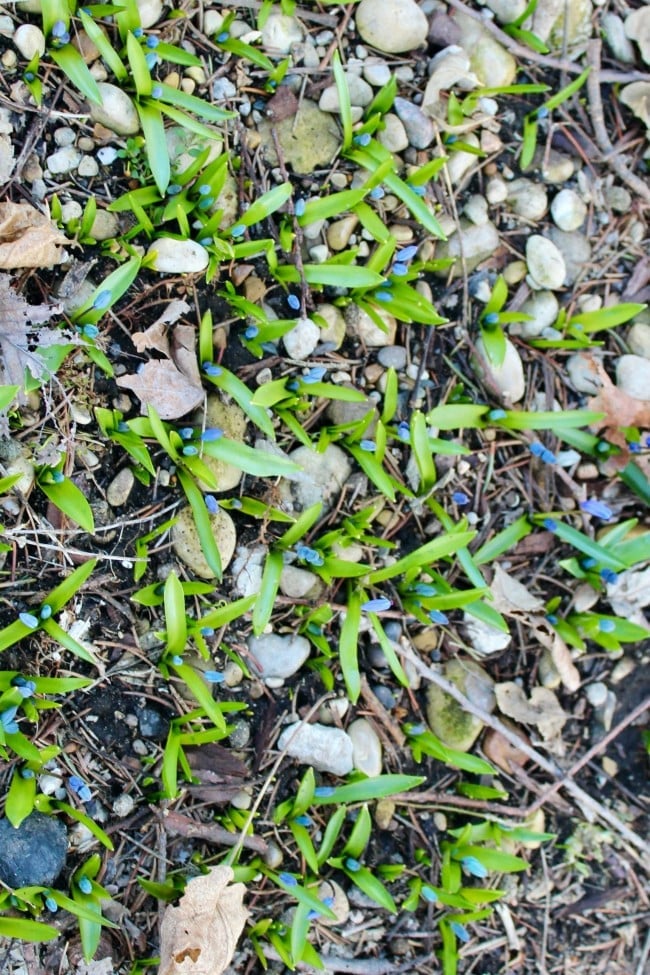
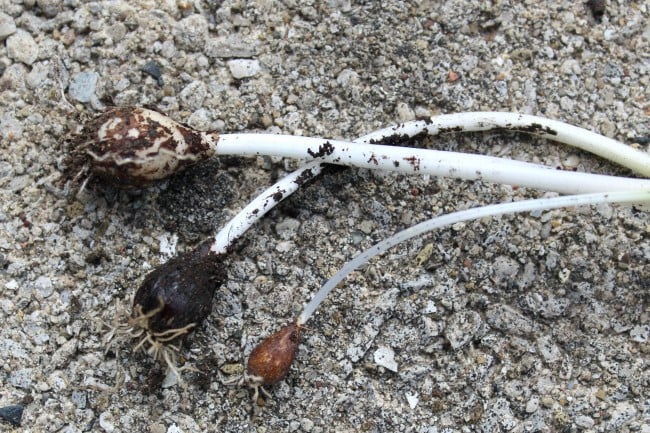
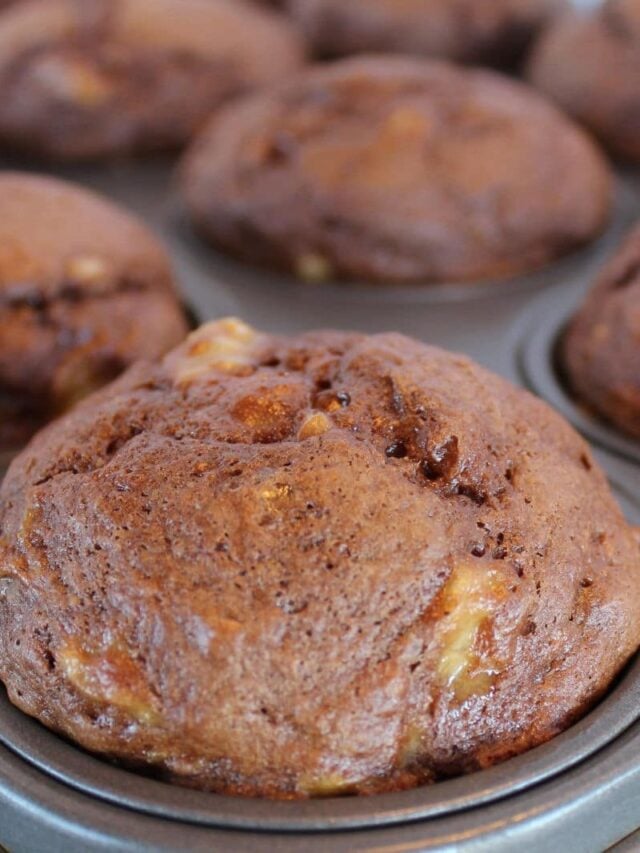
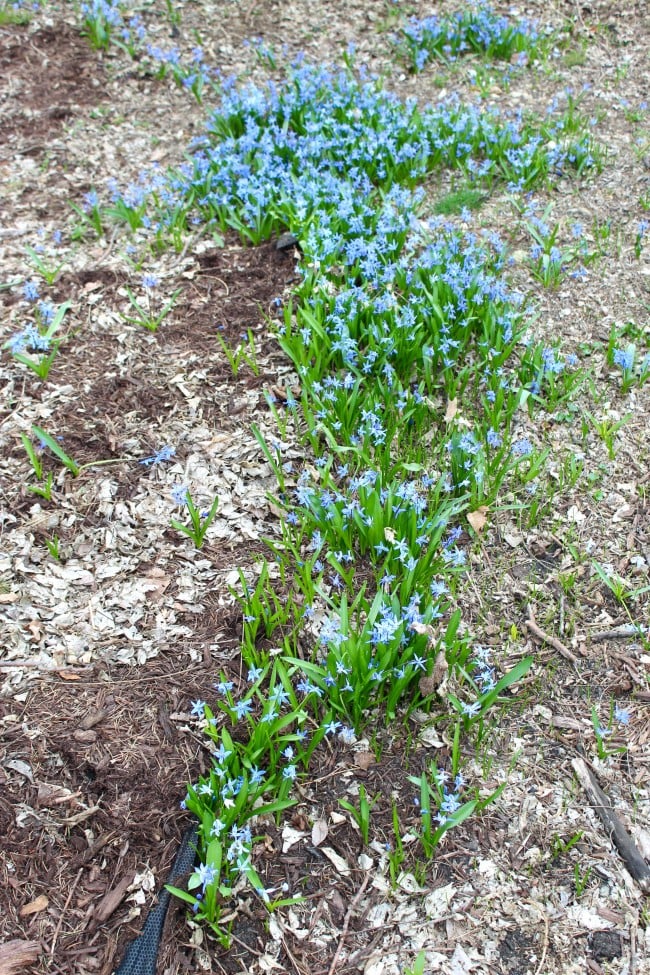
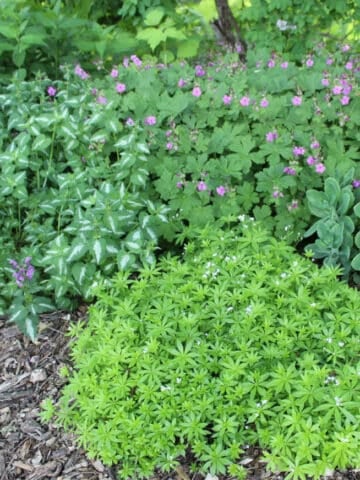
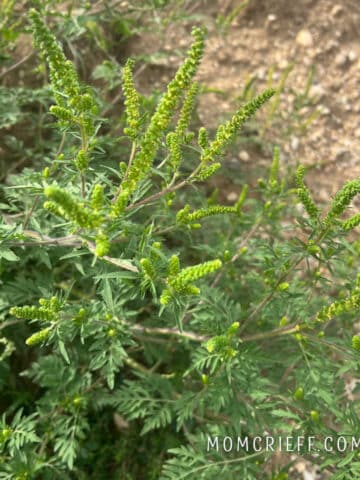
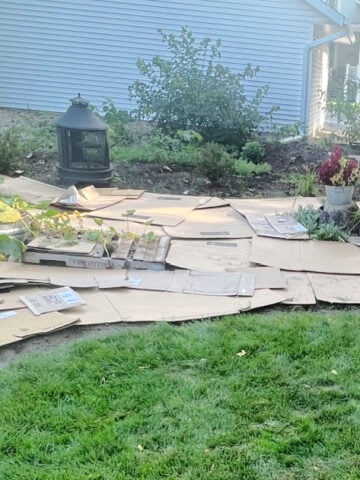
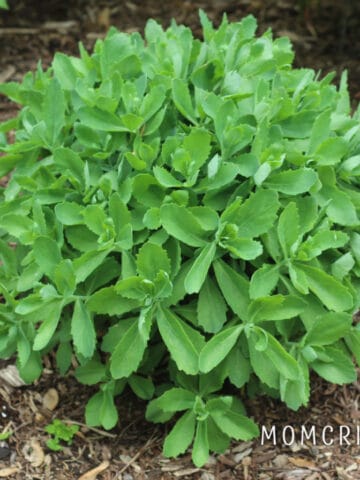
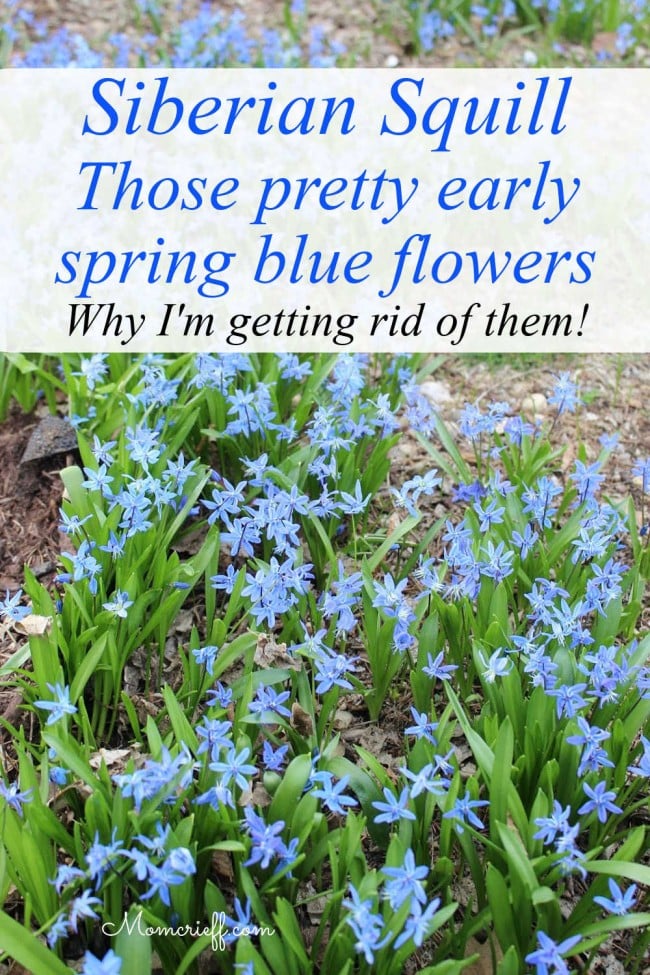
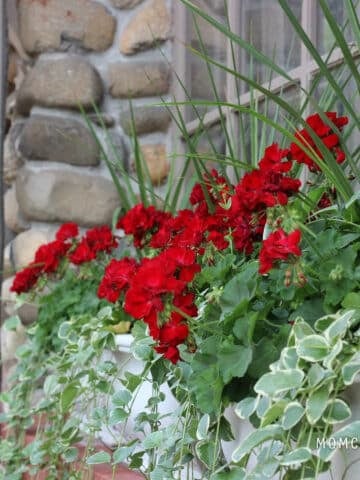
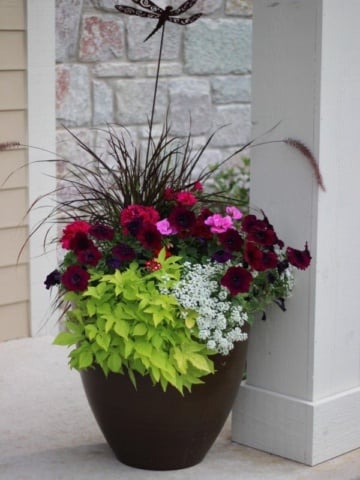
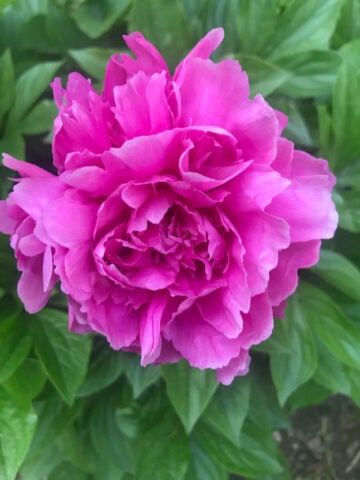
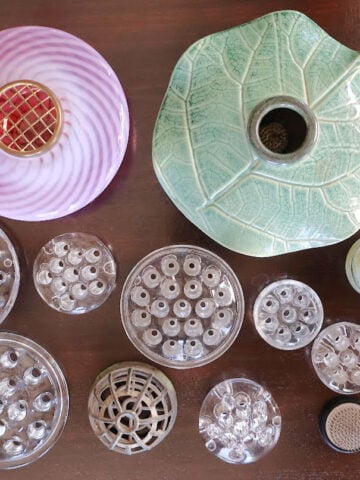

GerriK
Thanks for the information on the Siberian Squill plants. In Virginia, we call them Forget Me Nots. Now I know why.
Raine
Hi GerriK, I woke up this morning and looked out the window into my backyard. I saw something blue...in the grass. Thought to myself, "how did that blue candy wrapper get in my backyard?" So...I go outside and I'm surprised by the electric blue small flowers in the grass! There were 100's...and thousands by the next morning! I was wondering what they were? They say "seek and ye shall find." I know now what they are! OMG Thanks momcrieff to you as well!
Gwynneth
Gerri they are a different plant from Forget me nots.